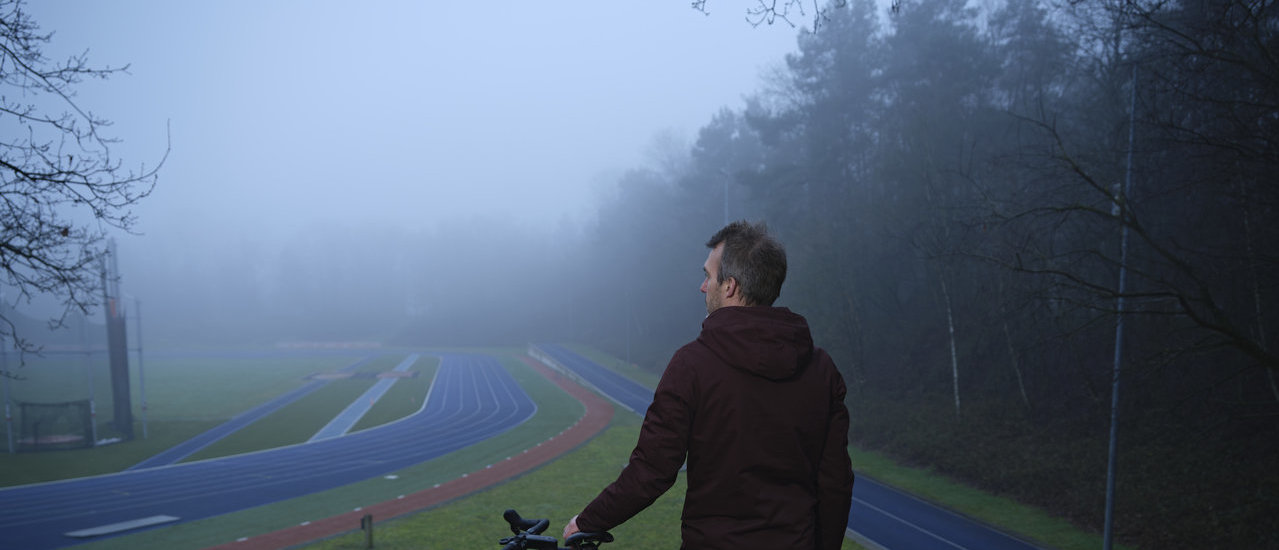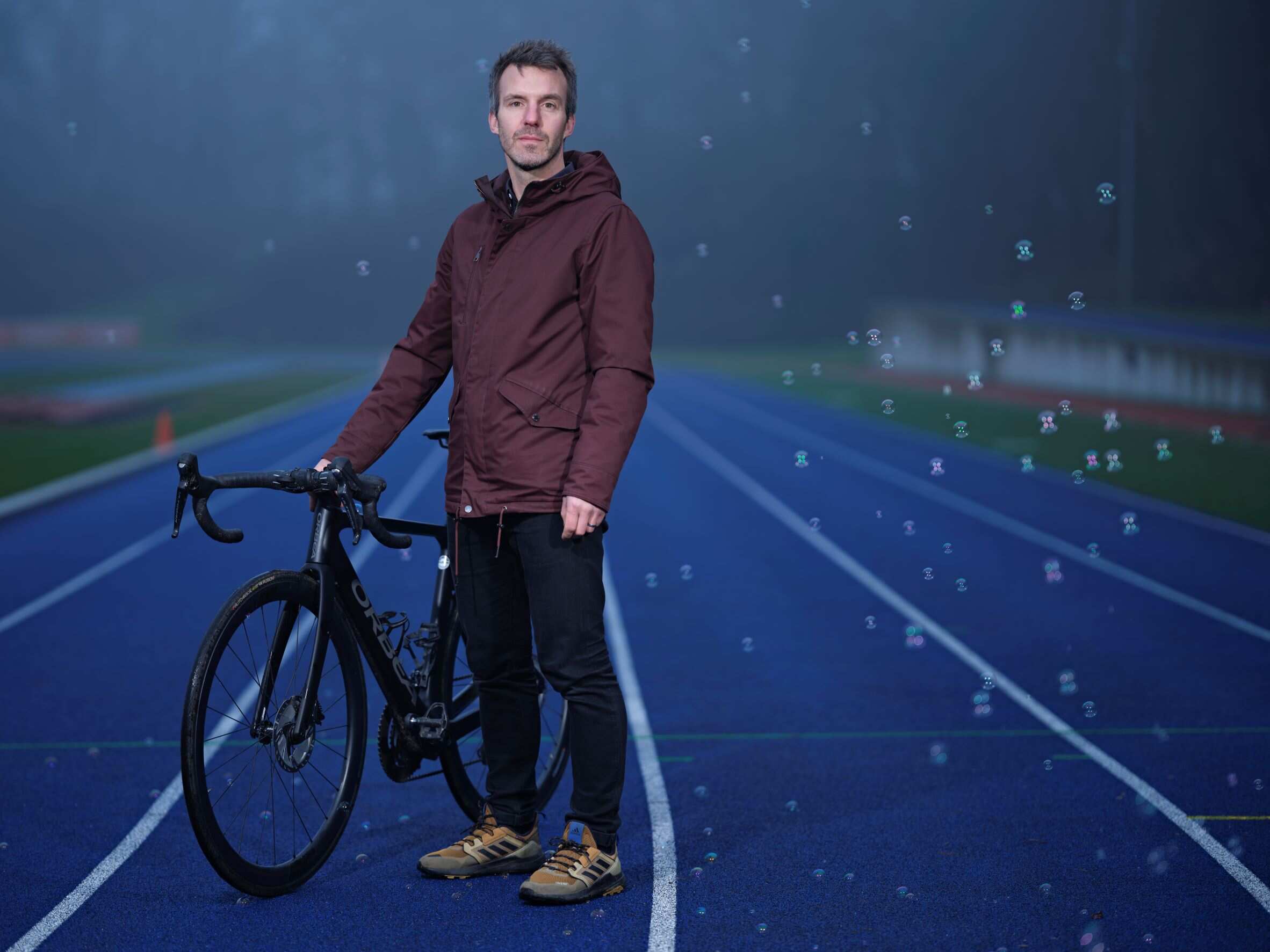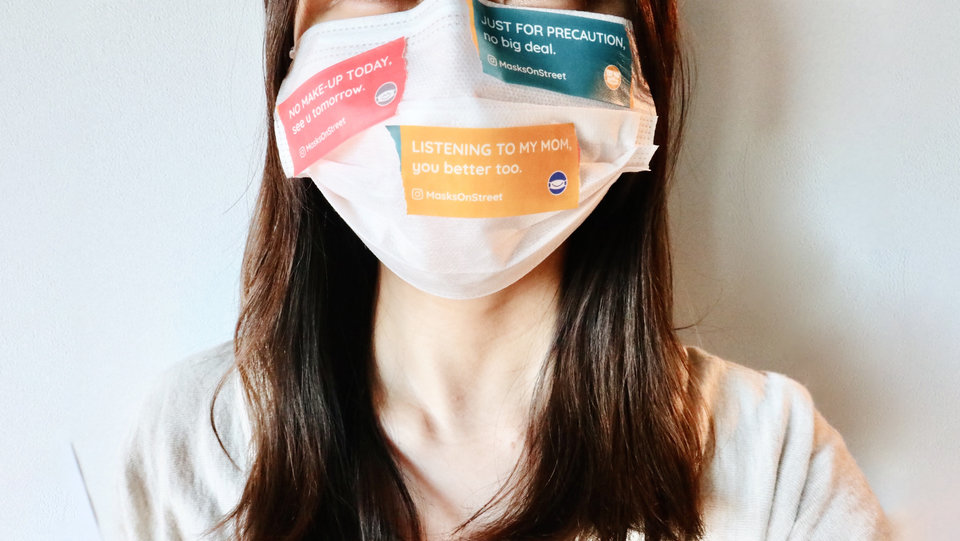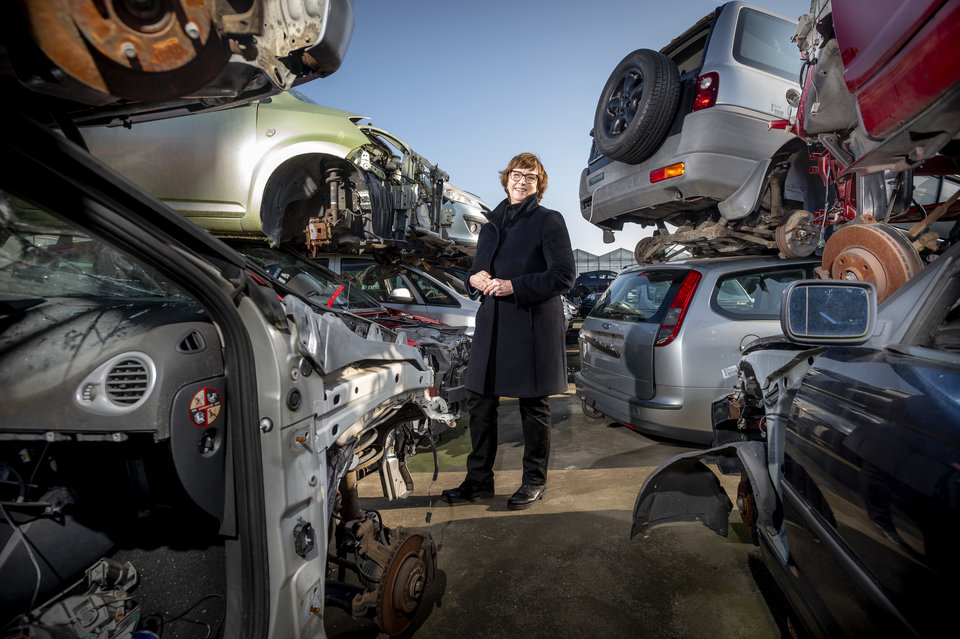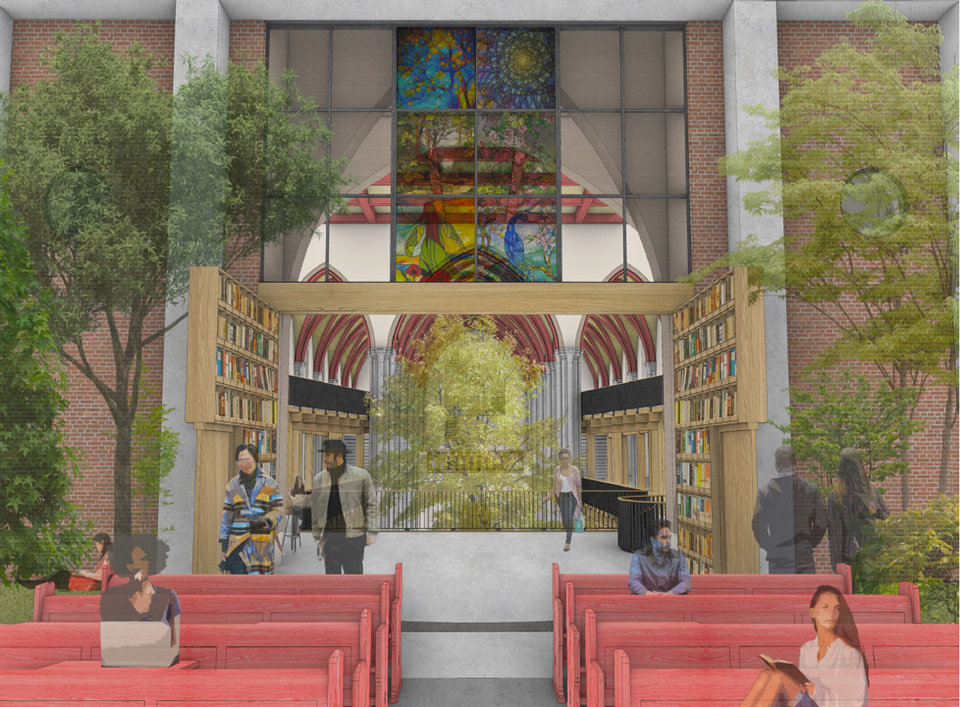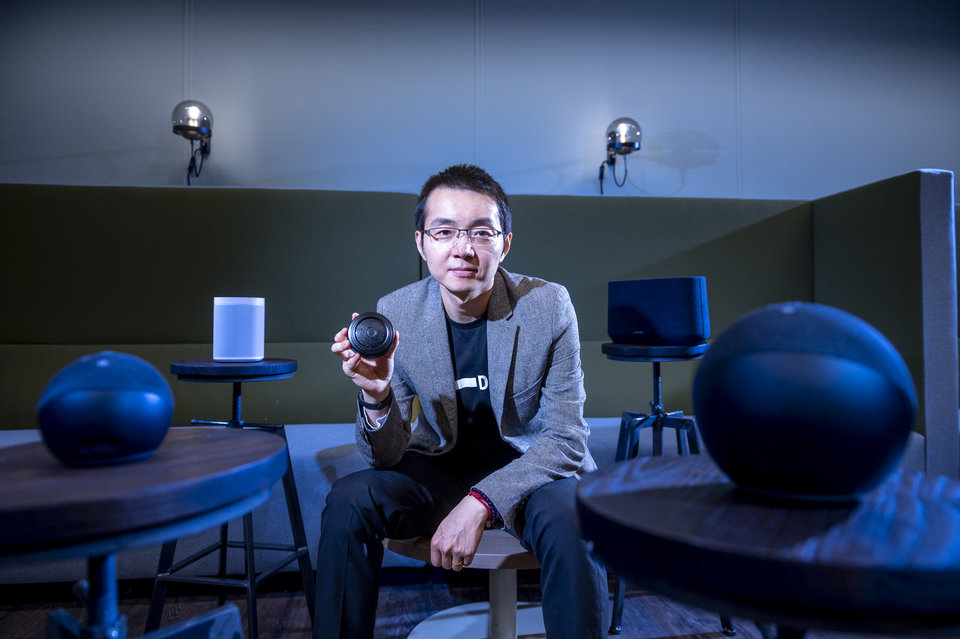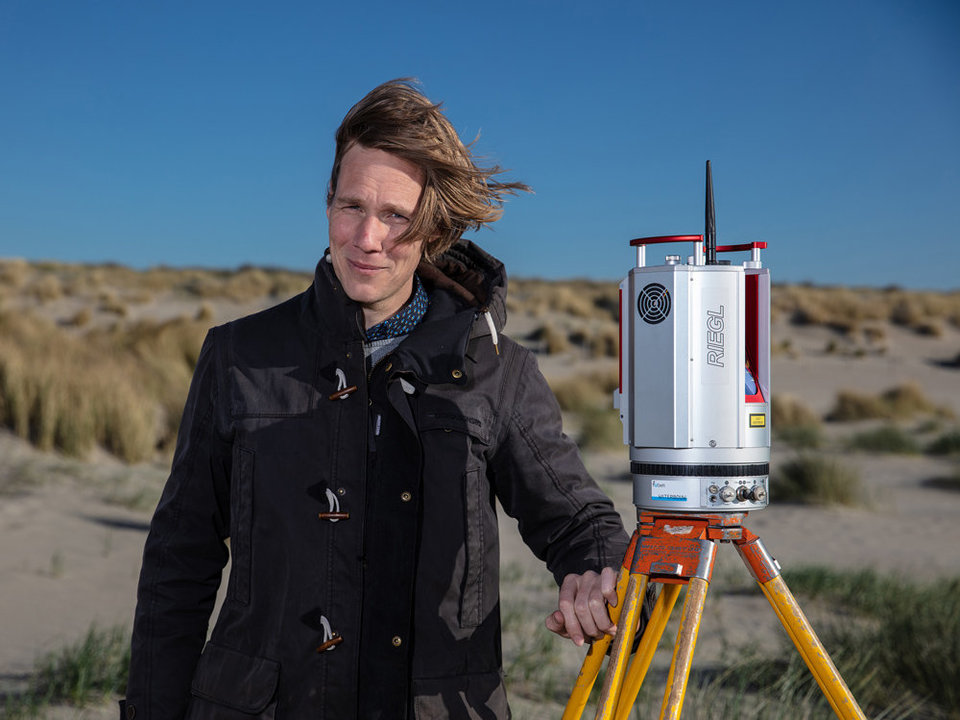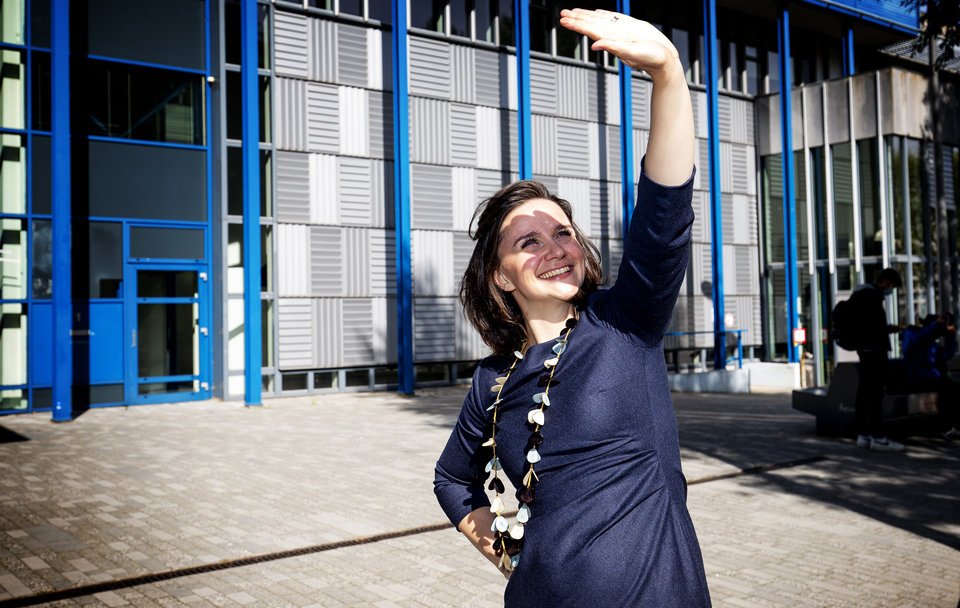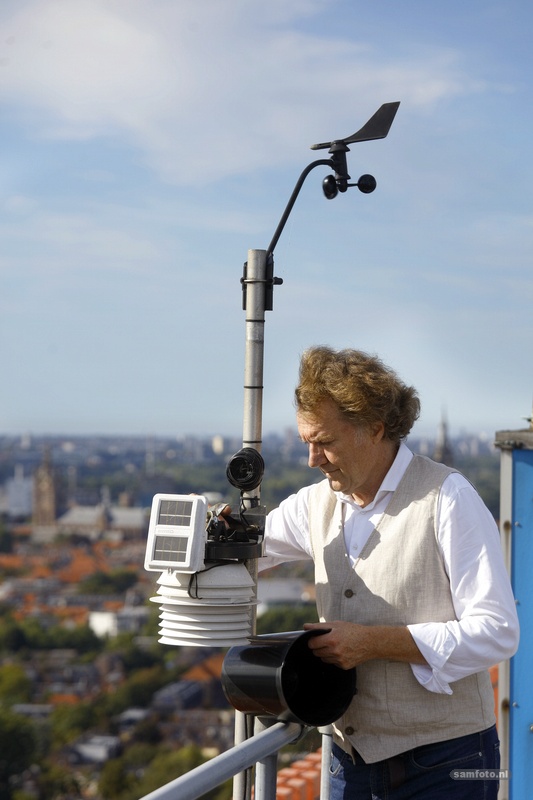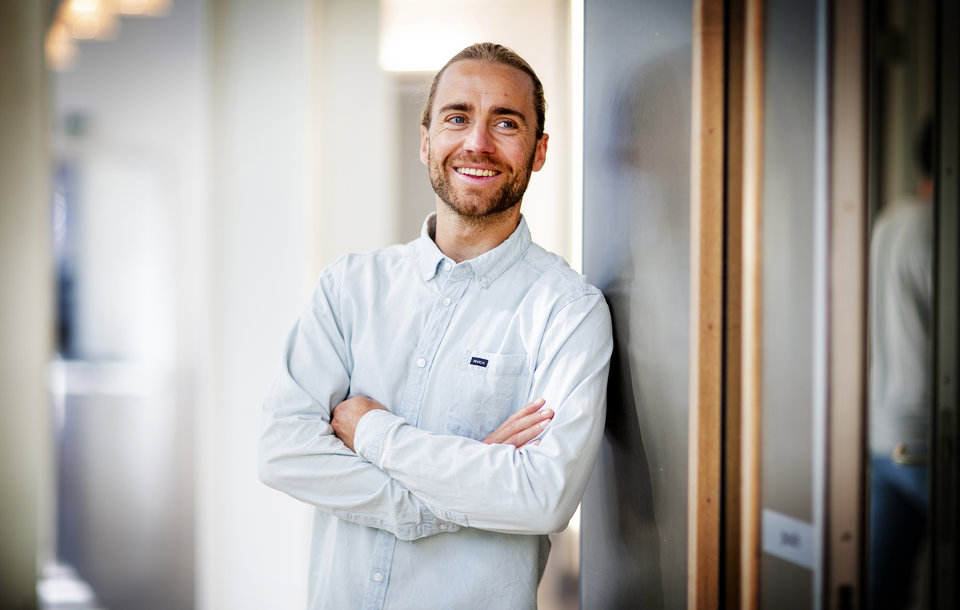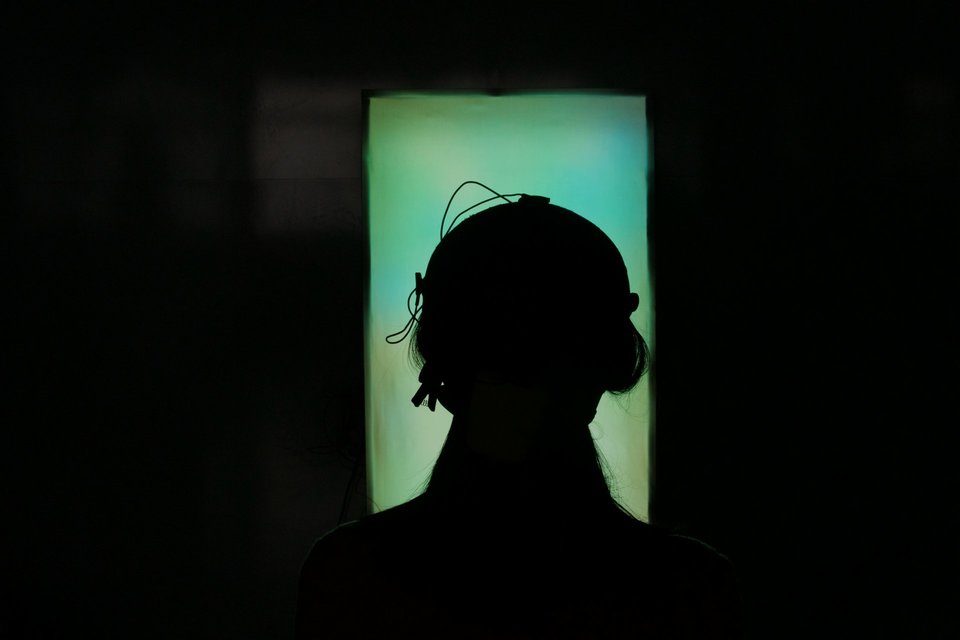In Beijing, Kimberley Bos will shoot down the bobsleigh track in Yanquin on her way to, perhaps, an Olympic medal. ‘The athlete is all-important,’ says Wouter Terra, embedded scientist at NOC*NSF and researcher at the faculty of Aerospace Engineering. But his aerodynamic prowess can help shave off a few hundreds of a second.
A few years into his consultancy job, Wouter Terra got involved in a sailing-related data analyses project. Fair to say that the combination of sports and science more than captivated him as he quit his job to explore a career in sports engineering. ‘Asking around, I got in contact with my old faculty,’ he says. ‘It somewhat surprised me that, “after so much time”, I could still go back to school and start a PhD.’ Still working on his PhD into the aerodynamics of cycling, the TU Delft Sports Engineering Institute asked him if he knew someone who would be interested in becoming embedded scientist aerodynamics at NOC*NSF. ‘That was my dream job,’ he says. ‘Doing a PhD can be challenging at times. Combining research with practical applications has been my ambition from the start.’
All sports
Having finished his PhD last year, Wouter now is a full-time embedded scientist at NOC*NSF and guest researcher in the Aerodynamics group at the faculty of Aerospace Engineering. Whereas most embedded scientists focus on a single sport – think of a data analyst in speed skating or a video analyst in athletics – Wouter applies his knowledge to all sports. ‘Prior to my appointment, aerodynamics research within NOC*NSF used to be rather ad hoc,’ he says. ‘Now, project continuity is ensured, and new developments in one sport also make it into various other sports. The ideas behind the new speed skating suits, for example, also apply to track cycling.’ Typically, his projects are based on questions raised by sporters and coaches. In archery, however, it started with an open discussion. ‘As an embedded scientist, I’m allowed to choose my own research projects. Whenever aerodynamics play a role, there are opportunities for improvement.’
More than aerodynamic drag
Often, the goal is to reduce aerodynamic drag and, thereby, to increase speed. But that is not all that matters. Wouter: ‘It is also possible to improve the cooling of athletes by affecting the air flow, using smart clothing for example. As quantifying this effect is rather difficult, however, many athletes choose reduced aerodynamic drag over improved cooling.’ And a project related to Paralympic sit-skiing was as much about reducing drag as it was about improving stability. ‘In the mountains, hard side winds can lead to dangerous situations.’
It is also possible to improve the cooling of athletes by affecting the air flow.
Ring of Fire
Of all the measurement technology he uses, including simulations and wind tunnels, it is the so-called Ring of Fire that really speaks to the imagination. The tunnel, filled with tiny soap bubbles, allows researchers to visualise the airflow around an athlete under in-field conditions. When it comes to cyclists, one may claim that their bodies are always immobilised and that only their legs move – meaning that wind tunnel measurements will be adequate. In speed skating, however, nearly all body parts move all the time, making in-field measurements a prerequisite.
The Ring of Fire was a long-time idea of Wouter’s doctoral advisor. But creating large amounts of nitrogen-filled bubbles was an ongoing challenge until just prior to him starting his PhD. Wouter: ‘It then didn’t take us long to develop a system to measure the air flow by illuminating the bubbles with a laser. The real challenge was to use these data to calculate the aerodynamic drag of a moving object. It was important to achieve a high accuracy as the differences between various speed skating suits and helmets can be quite small.’
At the icearena
The Ring of Fire has already been used at the Thialf ice arena, to great enthusiasm of the Royal Dutch Skating Association and the participating skating teams. Wouter: ‘We looked at the aerodynamics of having both hands clasped behind the back, or only a single hand. We also tried to determine the optimal order of skaters in the team pursuit. These results will be made public after the upcoming Winter Olympics. We then also plan to use the Ring of Fire in the semi-circular corners, something impossible to replicate in a wind tunnel.
Olympic impact
Thanks in part to Wouter, the Dutch speed skaters will be using newly developed suits at the upcoming Winter Olympics. Unfortunately, they will not yet be using a new helmet – one that would reduce total air drag by up to a percent, potentially reducing lap times by up to one tenth of a second.
Skeleton athlete Kimberley Bos will, of course, be riding her new sled and wearing her new suit, both of which she used when recently becoming the first Dutch person to win a skeleton World Cup race. ‘It was a project in close collaboration with Toon Huysmans of the Digital Human Modelling group of the faculty of Industrial Design Engineering,’ Wouter says. ‘We used their high-resolution body scanner to create a physical mannequin of Kimberley in racing pose. We then used this mannequin for wind tunnel measurements.’
A cross-university team of researchers can have an even larger impact.
A cross-university team
When it comes to such collaborations, Wouter would like the university to house a complete team of experts, with various backgrounds relevant to sports engineering. ‘As an embedded scientist at NOC*NSF, I run into questions that aren’t just about aerodynamics. If aerodynamics warrants development of a new front fork, for example, then its strength, stability, and stiffness must also be considered. Having a cross-university team, we can bring entire projects to successful conclusion, increasing our impact.
On to Paris
Wouter himself likes cycling and, winter and COVID-19 willing, you’ll find him ice skating. ‘All at an amateur level,’ he says. ‘I do like to push my limits, but you won’t see me buying special, faster clothing.’ Being an avid watcher of sports as well, he’ll be glued to the TV screen during the upcoming Winter Olympics. ‘What has changed is that I now watch sports I used to not be interested in, such as skeleton and Paralympic alpine skiing. I like to watch the athletes for whom I have improved the aerodynamics, if only ever so little.’ That is how, last summer, he saw Mitch Valise in his optimised hand bike put in a fierce final sprint, to win the Olympic gold medal in the last meters of the Paralympic road race. ‘I like to think that a small reduction in aerodynamic drag has played a role in that victory,’ Wouter says. Looking forward he adds: ‘From a research perspective, the Winter Olympics are already over for me. I have started looking into projects for the Paris Summer Olympics.’
